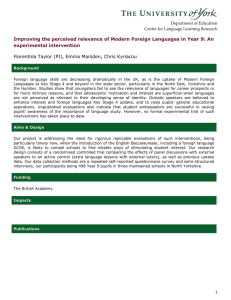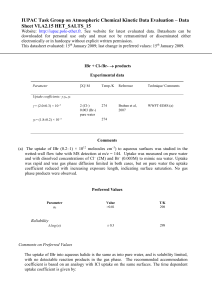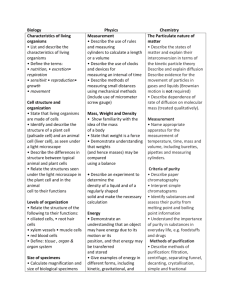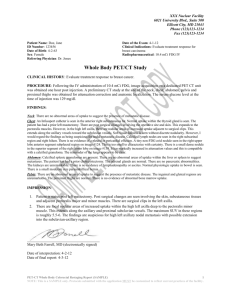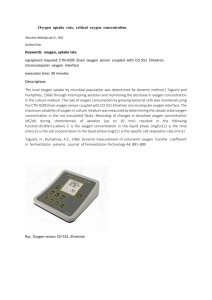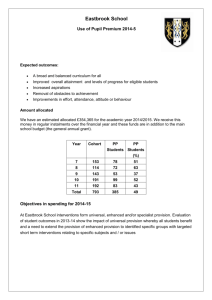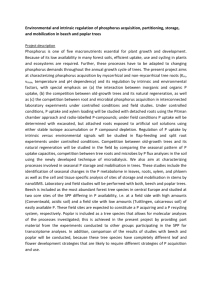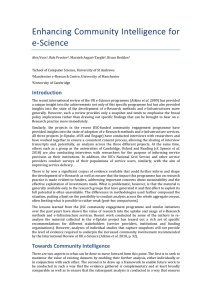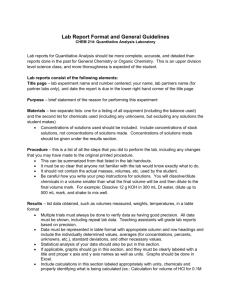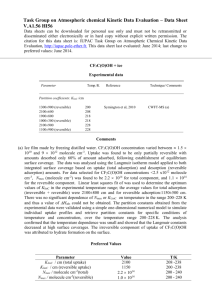ppm = μg/mL = mg/L
advertisement
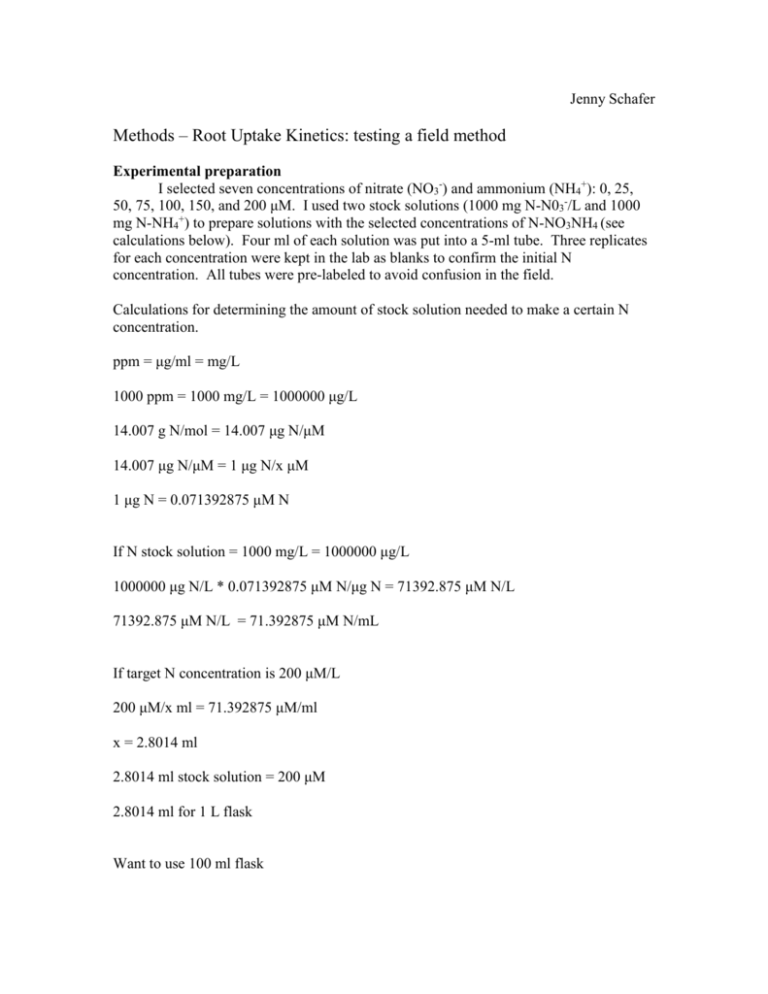
Jenny Schafer Methods – Root Uptake Kinetics: testing a field method Experimental preparation I selected seven concentrations of nitrate (NO3-) and ammonium (NH4+): 0, 25, 50, 75, 100, 150, and 200 μM. I used two stock solutions (1000 mg N-N03-/L and 1000 mg N-NH4+) to prepare solutions with the selected concentrations of N-NO3NH4 (see calculations below). Four ml of each solution was put into a 5-ml tube. Three replicates for each concentration were kept in the lab as blanks to confirm the initial N concentration. All tubes were pre-labeled to avoid confusion in the field. Calculations for determining the amount of stock solution needed to make a certain N concentration. ppm = μg/ml = mg/L 1000 ppm = 1000 mg/L = 1000000 μg/L 14.007 g N/mol = 14.007 μg N/μM 14.007 μg N/μM = 1 μg N/x μM 1 μg N = 0.071392875 μM N If N stock solution = 1000 mg/L = 1000000 μg/L 1000000 μg N/L * 0.071392875 μM N/μg N = 71392.875 μM N/L 71392.875 μM N/L = 71.392875 μM N/mL If target N concentration is 200 μM/L 200 μM/x ml = 71.392875 μM/ml x = 2.8014 ml 2.8014 ml stock solution = 200 μM 2.8014 ml for 1 L flask Want to use 100 ml flask 100 mL = 0.1 L 2.8014 mL/L = x mL/0.1 L x = 0.28014 mL stock solution Field Methods Three species were selected: Andropogon sp., Hypericum sp., and Tradescantia sp. Individual plants were randomly selected and gently dug out of the ground. Roots were cleaned with DI water to remove dirt, and then a section of root was put into each tube. To prevent evaporation, the top of the tube was covered with parafilm. After 30 minutes, roots were removed from the tube and cut from the rest of the plant. All roots and uptake tubes were returned to the lab. Laboratory Methods Roots were dried and weighed (root mass was used in uptake calculations). Solutions were stored in the freezer until N concentrations were measured. Before determining NO3- and NH4+ concentrations, all tubes were weighed and tubes used in root uptake were filtered to remove all dirt. Concentrations of N were determined using an auto-analyzer. Uptake calculations To account for the N concentration in DI water (0 μM, with and without roots), this concentration was subtracted from the other solutions. Differences in initial and final N concentrations were determined. I corrected the difference in concentrations for root mass and time to determine uptake rate (see Excel file). Due to negative uptake values and decreasing uptake curves, Vmax and Km could not be calculated and no statistical analyses were performed. References BassiriRad, H., S.A. Prior, R.J. Norby, and H.H. Rogers. 1999. A field method of determining NH4+ and NO3- uptake kinetics in intact roots: Effects of CO2 enrichment on trees and crop species. Plant and Soil 217: 195-204. In the future, I recommend using the excised root uptake method. Jackson, R.B. and H.L. Reynolds. 1996. Nitrate and ammonium uptake for single- and mixed-species communities grown at elevated CO2. Oecologia 105: 74-80. Kielland, K. 1994. Amino acid absorption by arctic plants: implications for plant nutrition and nitrogen cycling. Ecology 75: 2373-2383.
